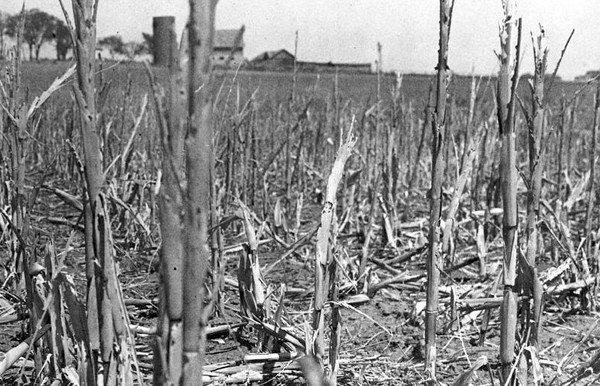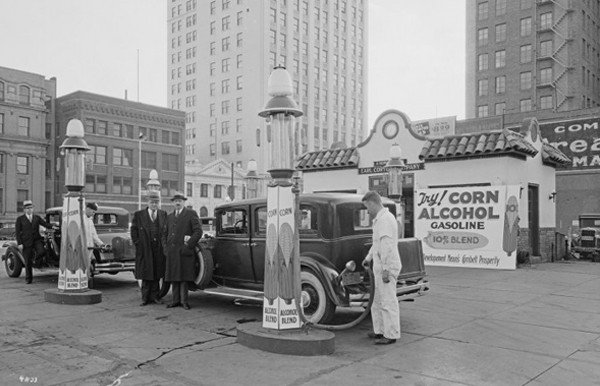
Nebraska Corn Board History

Corn has been part of Nebraska’s history for more than a thousand years. The crop was cultivated and hybridized from its birthplace in Mesoamerica up north into what is now Canada, and from ocean to ocean. Humans and plants had adapted brilliantly one to another; humans crafting their culture and calendar to meet the needs of the corn and corn producing in return a cornerstone food and feedstuff.
In what is now Nebraska, Native peoples began intensive corn horticulture about one thousand years ago, particularly along the areas rich with rivers and streams in southern and eastern Nebraska. They produced many varieties of corn for different purposes: corn ground for meal, corn eaten raw, corn to be popped and corn grown to finish early in the summer allowing for early season consumption.
With the opening of the Nebraska Territory in 1854, Euro-American farmers with their own corn cultures came west to find land of their own. They, too, learned that eastern and southern Nebraska was good corn country. They also learned that different climate, rainfall, soil, weeds and pests required different seeds and farming techniques. Scientists at land grant colleges, like the University of Nebraska, played an important role in understanding this new place and educating farmers on growing techniques.

More corn produced by fewer people led to crop abundance that drove prices down, urging a demand for new value-added products to consume the surplus. Corn proved an excellent animal feed, particularly for beef. By the early twentieth century, corn farmers and entrepreneurs alike invested in value-added uses for corn. As early as 1910, people looked to corn-based alcohol to replace kerosene in lamps and creatively, to serve as a motor fuel: ethanol.

As corn continues to grow, so does the sustaining innovation used to raise it. Use of herbicides, pesticides and fertilizers to grow more corn per acre, development of hybrid varieties, pipe and pivot irrigation to water the crops leading to variable-rate irrigation, tractors and combines with modern technologies, GPS, and even to the use of iPads and apps to run farm equipment, developed a great industry that is ever-improving to raise more corn on fewer acres using fewer resources while caring for the environment.
Discover more at www.nebraskacorn.org to find educational resources, production facts, uses of corn and links about Nebraska’s #1 crop: corn!

